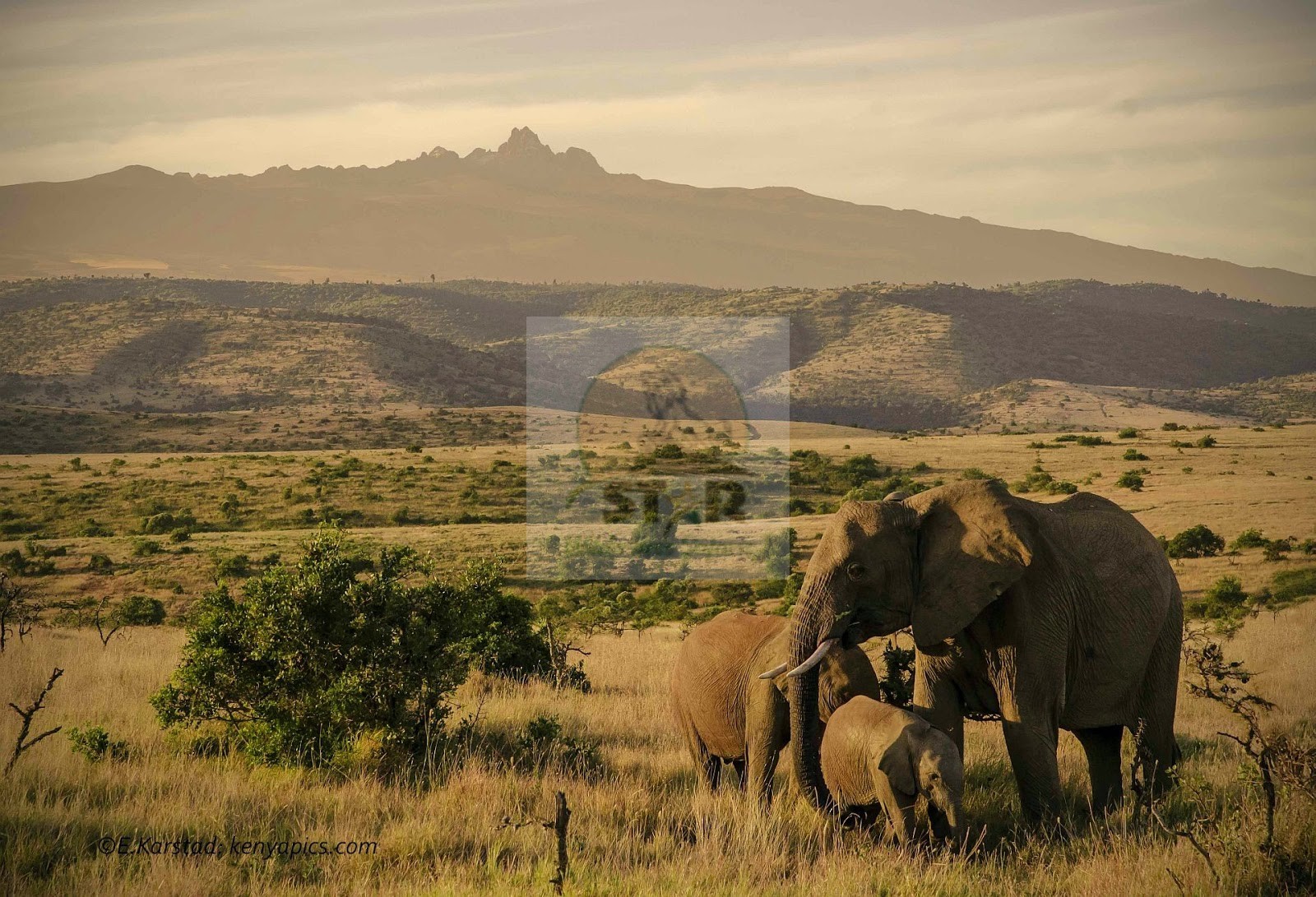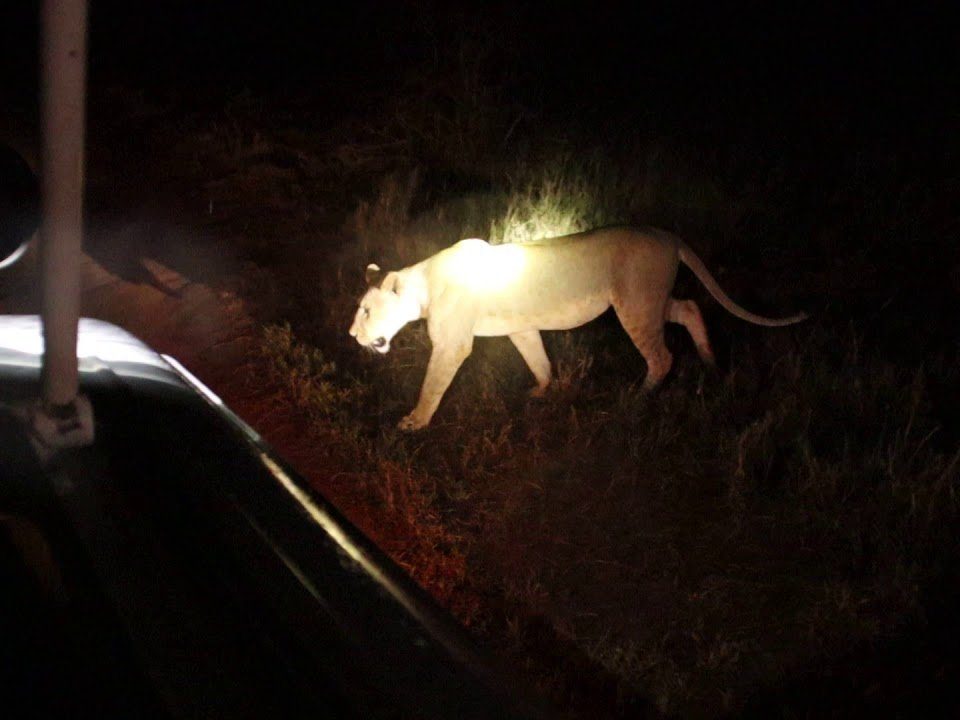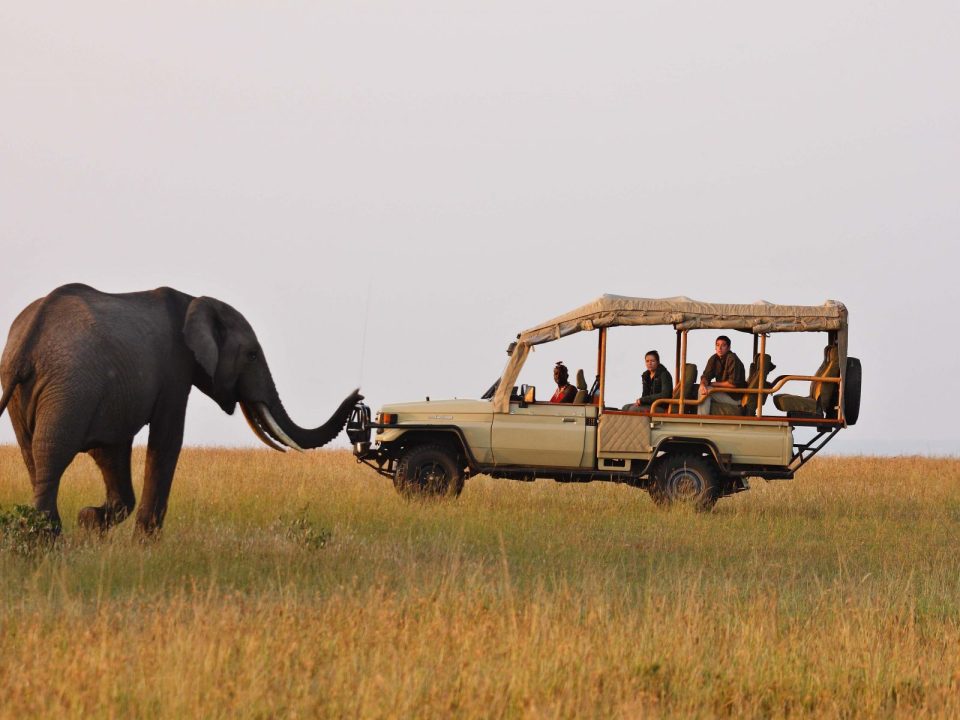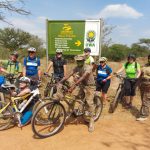
How about cycling tours like at Lake Mburo National Park?
May 24, 2025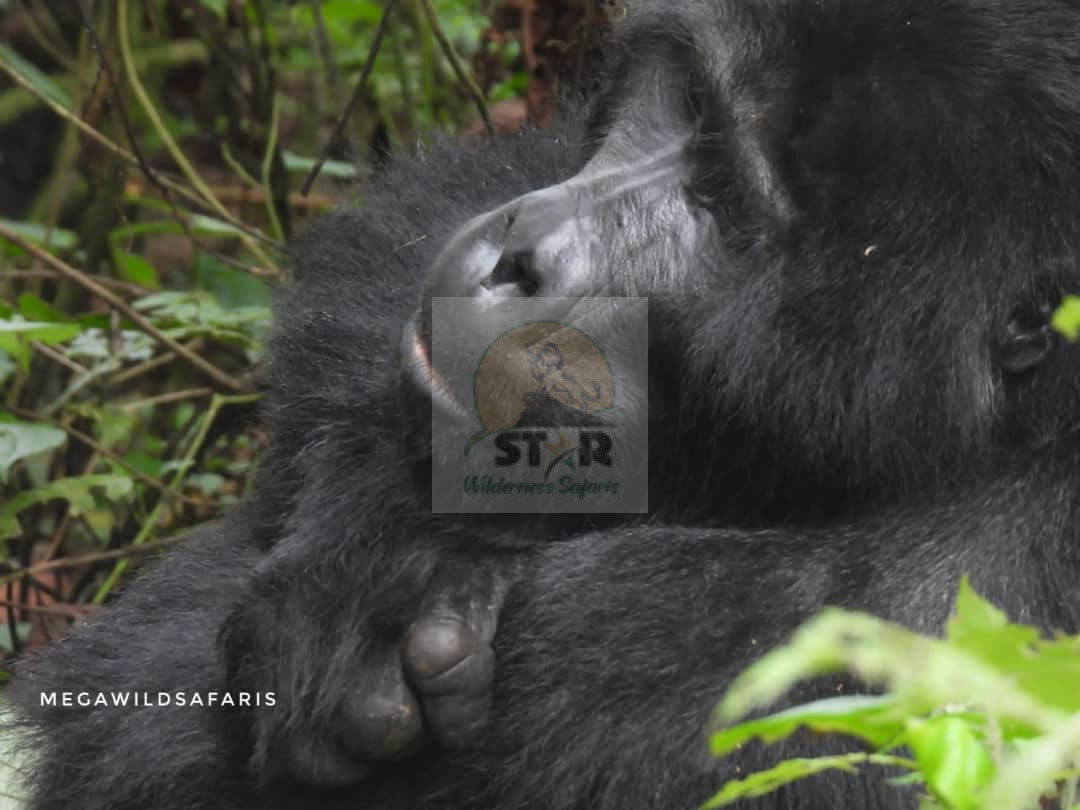
How do Mountain Gorillas Sleep?
May 24, 2025When to Visit East Africa for a Safari?
East Africa stands as one of the most iconic destinations in the world for unforgettable wildlife encounters and cultural immersion. When planning your Uganda safari, Rwanda safari, or Gorilla Trekking Rwanda adventure, the timing of your visit plays a crucial role in the success and enjoyment of your trip. The region boasts a variety of attractions such as Gorilla trekking safaris, Chimpanzee Tracking, wildlife safari experiences, and cultural tours. But knowing when to visit East Africa for a safari helps you align your travel goals with the natural rhythm of the region’s ecosystems and seasonal patterns.
The equatorial climate across Uganda, Rwanda, and parts of Kenya and Tanzania ensures relatively consistent temperatures throughout the year. However, the difference between dry and wet seasons greatly affects visibility, accessibility, and wildlife movement. The dry months—typically June to October and December to February—are best suited for activities like Uganda Gorilla Trekking and Chimpanzee Tracking in places like Kibale Forest and Bwindi Impenetrable National Park. These months also offer spectacular wildlife viewing during the Great Migration in Kenya and Tanzania. Combining a Gorilla Trekking safari with other wildlife experiences ensures a fulfilling and well-rounded East African adventure.
Understanding the best seasons for gorilla tours, gorilla habituation, and Rwanda Tours enables travelers to make informed decisions that enhance both their safari experience and their interaction with local cultures. Whether you are drawn to Uganda Gorilla Trekking or a broader exploration of East Africa, timing is key to maximizing your journey.
Dry Season vs. Wet Season: When is the Ideal Time to Visit?
The question of when to visit East Africa for a safari often comes down to understanding the differences between the dry and wet seasons. The dry season, running from June to October and from December to February, is universally regarded as the prime time for most safari activities across the region. During these months, vegetation is sparse, making wildlife easier to spot, and road conditions in national parks are more navigable. It’s also the best time for Gorilla Trekking in Uganda, Gorilla Trekking Rwanda, and gorilla tours in DR Congo.
For those planning a Uganda safari, this season offers exceptional opportunities to engage in a Gorilla trekking safari in Bwindi Impenetrable National Park or Mgahinga Gorilla National Park. Rwanda safari travelers will also find this period ideal for exploring Volcanoes National Park. If you’re interested in a wildlife safari, the dry season provides optimal viewing conditions in Queen Elizabeth National Park, Murchison Falls, and the Serengeti.
On the other hand, the wet season, from March to May and again in November, brings lush landscapes and fewer crowds. This is an excellent time for photographers and those seeking a quieter, more intimate experience. Additionally, gorilla habituation experiences continue year-round, allowing for deeper primate encounters even during the rainy season. Budget-conscious travelers will appreciate lower rates during this time.
Prime Time for Gorilla Trekking and Gorilla Habituation
One of the standout reasons to understand when to visit East Africa for a safari lies in optimizing your Gorilla Trekking or gorilla habituation experience. For Uganda Gorilla Trekking, the dry months of June to August and December to February are considered the best. During these periods, the trails in Bwindi Impenetrable Forest and Mgahinga Gorilla National Park are less muddy, improving trekking conditions and enhancing the overall experience.
Gorilla habituation, which offers visitors a unique opportunity to spend up to four hours with semi-habituated gorillas, is available exclusively in Uganda’s Rushaga sector. This profound experience is perfect for travelers seeking more in-depth interaction and understanding of mountain gorilla behavior. Since gorilla habituation permits are limited, booking in the dry season ensures a more predictable and rewarding adventure.
Similarly, Rwanda’s Volcanoes National Park offers excellent conditions for Gorilla Trekking Rwanda adventures during the same dry months. Rwanda Tour packages often combine Gorilla Trekking with cultural experiences in Kigali and Musanze, enriching your overall safari. Choosing the right time also improves your chances of securing permits and enjoying clear views for photography and wildlife observation.
Chimpanzee Tracking and Wildlife Safaris: Seasonal Considerations
Chimpanzee Tracking is another major highlight of East African safaris. Whether you’re exploring Kibale Forest National Park in Uganda, Nyungwe Forest in Rwanda, or Mahale Mountains in Tanzania, understanding when to visit East Africa for a safari is essential to enhance your primate tracking success. The best time for Chimpanzee Tracking is during the dry season when the forest trails are less slippery and chimps are more likely to be seen feeding and nesting in lower canopies.
Wildlife safaris in East Africa are heavily influenced by seasonal animal movements. In Uganda, parks like Queen Elizabeth, Kidepo Valley, and Murchison Falls are best visited during the dry months. Game drives yield excellent sightings of lions, elephants, giraffes, hippos, and birdlife. Meanwhile, the famed wildebeest migration in Tanzania’s Serengeti and Kenya’s Masai Mara is a spectacle best witnessed from June to October.
Combining Uganda Gorilla Trekking or Rwanda Gorilla Trekking with a classic wildlife safari offers an all-encompassing safari experience. The synergy between Gorilla Trekking, Chimpanzee Tracking, and wildlife safaris adds depth and diversity to your adventure, making your Uganda safari or Rwanda Tour truly memorable.
Cultural Encounters and Community Experiences by Season
When planning when to visit East Africa for a safari, travelers should also consider the cultural experiences available during different seasons. Dry seasons are typically preferred for community visits and cultural exchanges because travel is easier and events are more predictable. In Uganda, cultural visits to the Batwa pygmies near Bwindi, Karamojong communities in the northeast, and Buganda heritage sites around Kampala are enriching additions to Gorilla trekking safaris.
Rwanda Tours also offer remarkable cultural immersion. A visit to Iby’Iwacu Cultural Village near Volcanoes National Park introduces travelers to Rwandan traditions, dance, and heritage. These experiences can be seamlessly combined with Gorilla Trekking Rwanda adventures to provide a holistic view of the region.
Seasonal festivals such as Rwanda’s Kwita Izina Gorilla Naming Ceremony or Uganda’s Nyege Nyege music festival add a vibrant cultural dimension to any itinerary. These events attract both locals and international visitors, offering a platform to celebrate conservation and cultural pride.
By integrating Uganda Gorilla Trekking or Gorilla trekking safari excursions with cultural tourism, you foster a deeper appreciation of East Africa’s diversity—both human and natural. Traveling in the right season amplifies these cultural connections and ensures logistical ease.
Customized Itineraries: Combining Gorilla Tours with Other Safari Highlights
Understanding when to visit East Africa for a safari allows tour operators like Star Wilderness Safaris to craft personalized and well-timed itineraries that maximize every traveler’s interests. For those keen on Gorilla trekking safaris, combining Uganda Gorilla Trekking with other unique experiences like boat safaris on the Nile, bird watching in Mabamba Swamp, or Chimpanzee Tracking in Kibale creates a multi-dimensional itinerary.
In Rwanda, Gorilla Trekking Rwanda adventures can be paired with Lake Kivu getaways, Kigali city tours, or a visit to Akagera National Park for a traditional big-five safari. These combinations are best scheduled during the dry season, ensuring minimal disruptions and smooth travel transitions.
For even more adventurous travelers, a cross-border itinerary that includes gorilla tours in Uganda or Rwanda and wildlife safaris in Kenya or Tanzania can offer an epic East African exploration. Timing this multi-country tour during the dry season enhances accessibility and animal sightings, making it an efficient and thrilling journey.
By planning your trip according to the best time to visit East Africa, and through the expertise of Star Wilderness Safaris, you are guaranteed a once-in-a-lifetime adventure that captures the essence of Gorilla Trekking, wildlife encounters, and cultural richness.
Conclusion: Plan Your Perfect East African Safari with Timing in Mind
The key to unlocking the full potential of your safari lies in understanding when to visit East Africa for a safari. Whether your dream is to engage in Uganda Gorilla Trekking, enjoy an intimate Gorilla Trekking Rwanda adventure, or embark on a diverse Uganda safari featuring Chimpanzee Tracking, wildlife safaris, and community experiences—timing is everything.
Each season in East Africa offers its own set of advantages. The dry months guarantee better trekking conditions, clearer wildlife sightings, and comfortable travel. Meanwhile, the wet seasons offer lush scenery, quieter parks, and more budget-friendly options. The ability to combine Gorilla trekking safaris with other immersive experiences ensures a rich and well-rounded journey.
With thoughtful planning and the guidance of Star Wilderness Safaris, your journey through Uganda, Rwanda, and beyond becomes a meaningful exploration of nature, wildlife, and culture. So start preparing now—because the perfect time for your East African safari is just around the corner.

